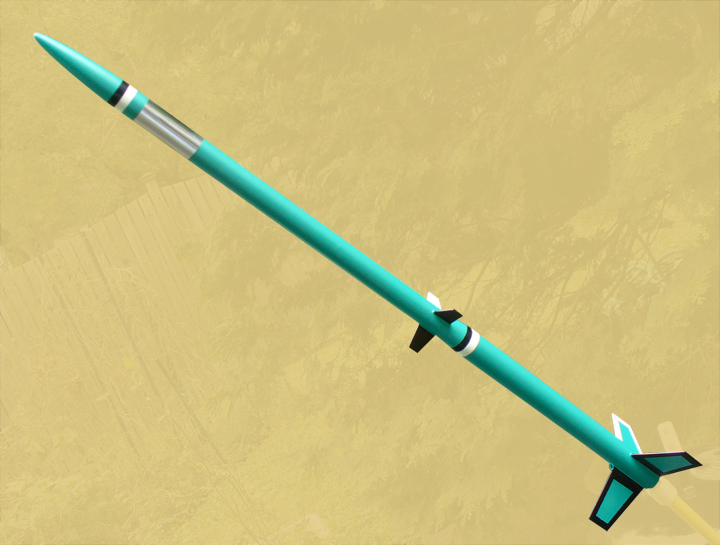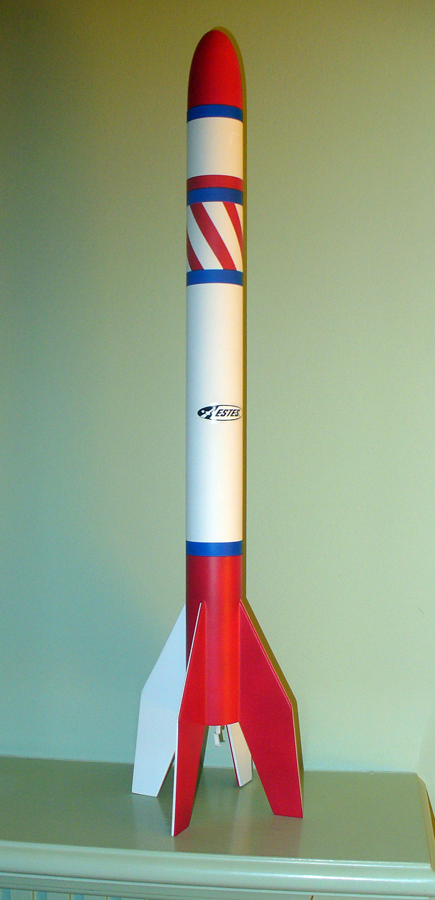Hi folks,
Within the context of LPR and low-end MPR, I'm looking for some info to get me started on the right footing. I'm considering using water-based acrylics during the winter in place of my beloved lacquer rattle cans and other disposable things like Preval sprayers.
With cold weather coming on, garage spraying is coming to an end, and my wife is very sensitive to solvent odors so even a basement vented spraybooth wouldn't work for lacquers.
But water-based paints might work out. I've read some good things on this forum about acrylics (water-based ones, though, the terminology drives me nuts, because my lacquers and enamels are also acrylics!).
I've got several questions:
1. What brand should I start off with? Preferably something I can get from Hobby Lobby / Micheals etc. if possible. I've read that some of them need to be set with a heat gun (hair dryer). Is this typical for all of them? What are the advantages of this?
2. For learning purposes, can I get away with the Preval disposable aerosol sprayers? I could eventually get a small spray gun and compressed gas cyclinder (versus air pump). But for my first experiences I'd rather stick with something simple.
3. What do people use for primer and filler? My normal process involves Rustoleum auto filler primer, bondo spot putty, and a few other things... but in the acrylic world, what will I use... can't spray Rusto primer when it's cold...
4. Is there any warpage risk with the balsa due to the water-based paints? Or other risk to the model and the cardboard/paper body tubes and water based glues? The idea of using water based paints is counter-intuitive to me for this application.
5. I'm a glossy-rocket guy. Typically I use a clear lacquer and finish it off with Future/SimpleGreen for ultimate gloss. What do you folks use for gloss? The water based acrylics dry matte on their own, right? Or are some glossy?
I'd appreciate anything you can do to get me started on the right foot! Rocketry has its own special issues versus say plastic models, so I will be grateful for specific on this! :grin:
Marc
Within the context of LPR and low-end MPR, I'm looking for some info to get me started on the right footing. I'm considering using water-based acrylics during the winter in place of my beloved lacquer rattle cans and other disposable things like Preval sprayers.
With cold weather coming on, garage spraying is coming to an end, and my wife is very sensitive to solvent odors so even a basement vented spraybooth wouldn't work for lacquers.
But water-based paints might work out. I've read some good things on this forum about acrylics (water-based ones, though, the terminology drives me nuts, because my lacquers and enamels are also acrylics!).
I've got several questions:
1. What brand should I start off with? Preferably something I can get from Hobby Lobby / Micheals etc. if possible. I've read that some of them need to be set with a heat gun (hair dryer). Is this typical for all of them? What are the advantages of this?
2. For learning purposes, can I get away with the Preval disposable aerosol sprayers? I could eventually get a small spray gun and compressed gas cyclinder (versus air pump). But for my first experiences I'd rather stick with something simple.
3. What do people use for primer and filler? My normal process involves Rustoleum auto filler primer, bondo spot putty, and a few other things... but in the acrylic world, what will I use... can't spray Rusto primer when it's cold...
4. Is there any warpage risk with the balsa due to the water-based paints? Or other risk to the model and the cardboard/paper body tubes and water based glues? The idea of using water based paints is counter-intuitive to me for this application.
5. I'm a glossy-rocket guy. Typically I use a clear lacquer and finish it off with Future/SimpleGreen for ultimate gloss. What do you folks use for gloss? The water based acrylics dry matte on their own, right? Or are some glossy?
I'd appreciate anything you can do to get me started on the right foot! Rocketry has its own special issues versus say plastic models, so I will be grateful for specific on this! :grin:
Marc






